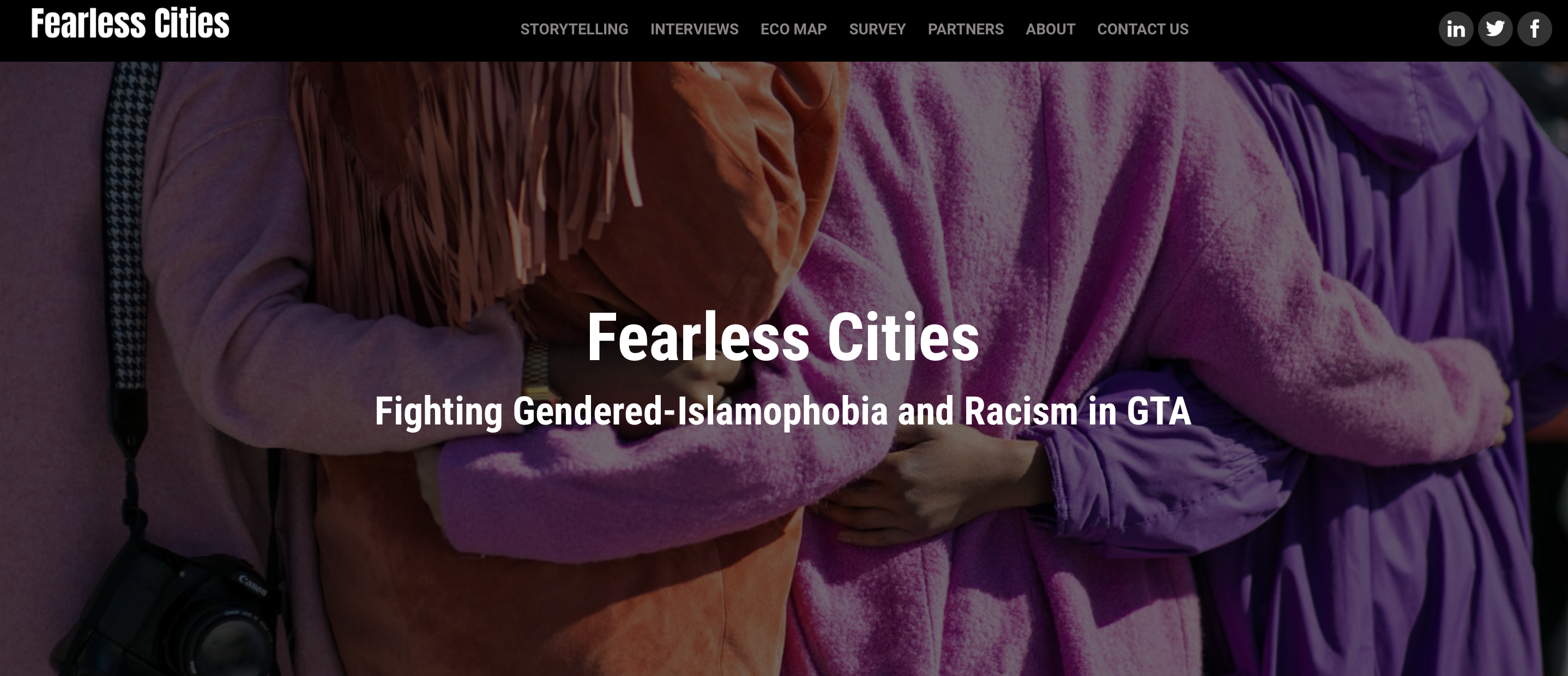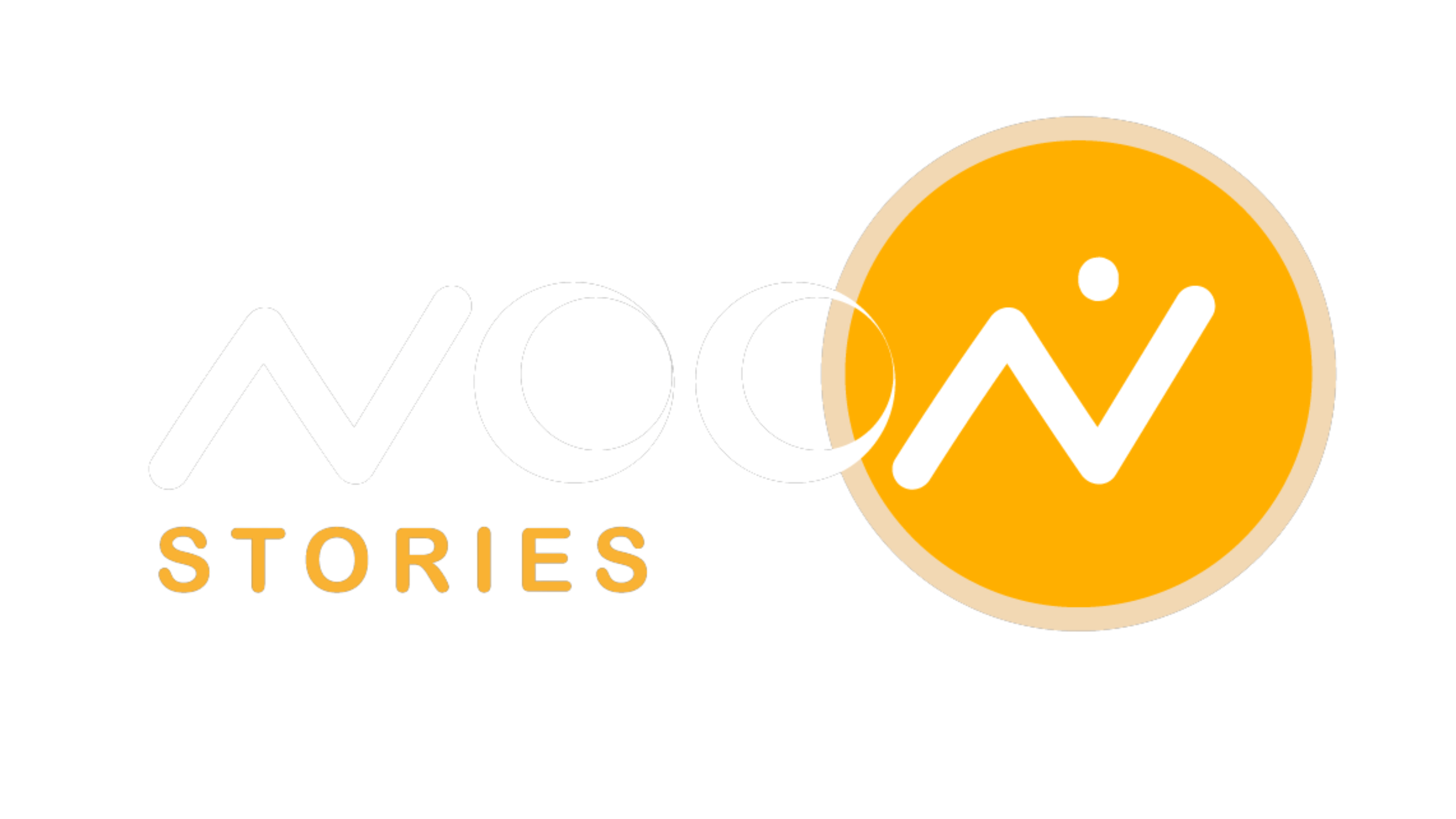
Voices of Arabic-Speaking Women: Migration Experiences & Stories
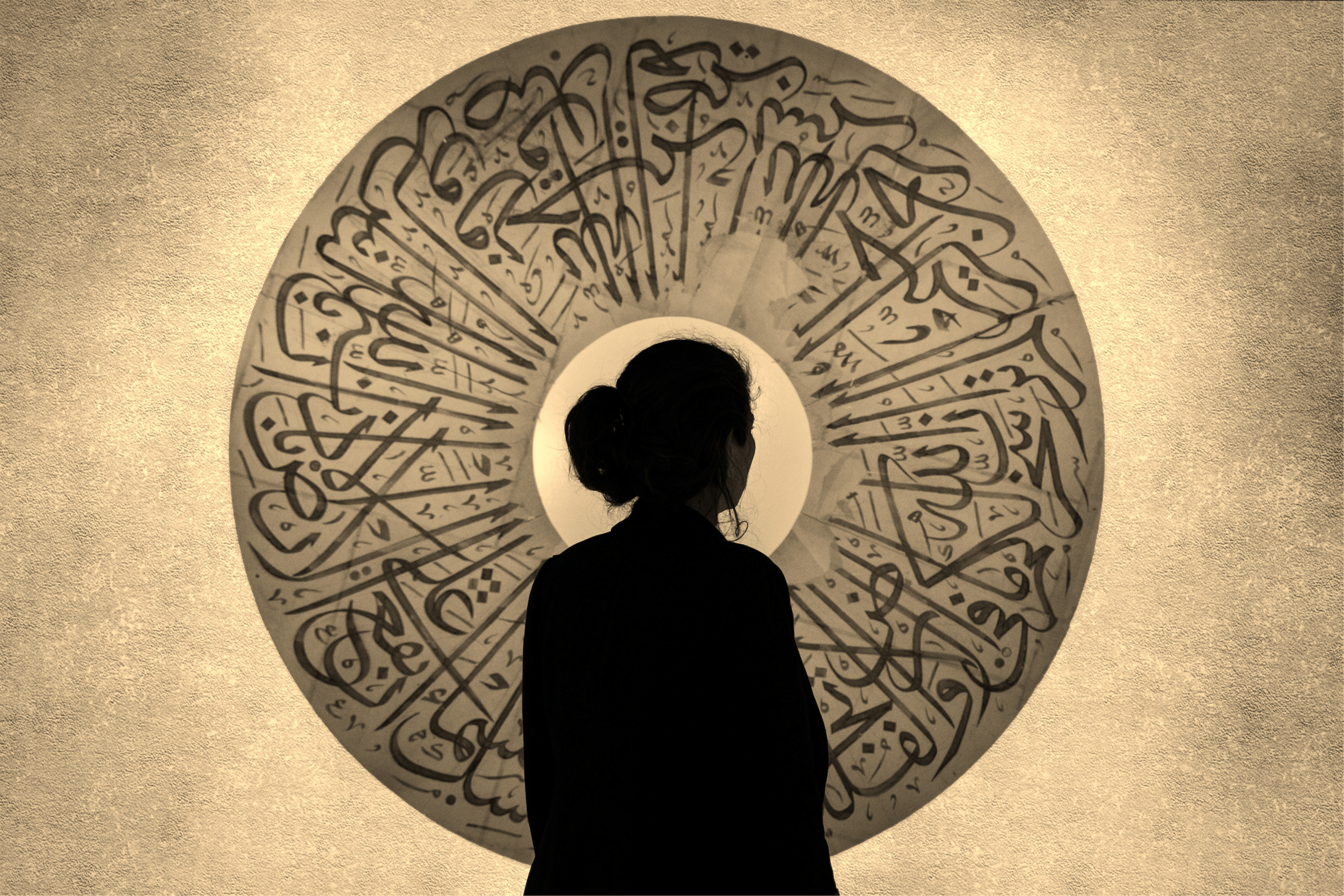
This website aims to provide information about the impact of COVID-19 on Gender-Based Violence for Arab-speaking Women in the Halton Region

Assessment
The assessment research titled " The Pandemic's Influence on Gender-Based Violence Among Arab-Speaking Women in the Halton Region " is a meticulous endeavor aimed at documenting and analyzing the repercussions of the global pandemic on gender-based violence (GBV) affecting Arab-speaking women in the Halton Region.
1.1 Purpose
This assessment has been meticulously designed to scrutinize the intensified issue of GBV among Arab-speaking women in the Halton region amidst the pandemic. It seeks to narrate the poignant tales of these women, assess the pandemic's impact, and gauge the accessibility of vital services such as legal aid, social support, and mental health services.
1.2 Scope
The project specifically targets Arab-speaking women, aged between 18 and 65, residing in the Halton region. Hailing from diverse ethnic and religious backgrounds, these women's stories will shed light on the prevalence of GBV, including intimate-partner violence and public sphere GBV. Additionally, it explores the key obstacles that these women face in accessing mental health, social, and legal services.
1.3 Objective
This assessment strives to unearth the seldom discussed issue of GBV among Arab-speaking women, particularly in the Halton Region, a subset of the Canadian populace that often goes understudied. The project's primary aim is to illuminate the exacerbated impact of the pandemic on GBV and catalogue the challenges Arab-speaking women face when trying to access essential services. Ultimately, the project's intention is to foster a more comprehensive discussion on GBV within the Arab-speaking community, raise awareness, engineer preventive measures, and streamline access to essential services.
1.4 Audience
This assessment report is intended for an audience that includes government representatives, community organizations, service providers, researchers, and subject-matter experts. The research findings will be published in academic journals and will be made available to organizations and the public via a dedicated project website. Policy recommendations highlighting gaps in service provision and participant-identified challenges will be published. In addition, focus group discussions will foster a network among regional service providers and create a comprehensive Ontario-wide database, listing mental health, social, and legal services referrals suitable for Arab-speaking women.
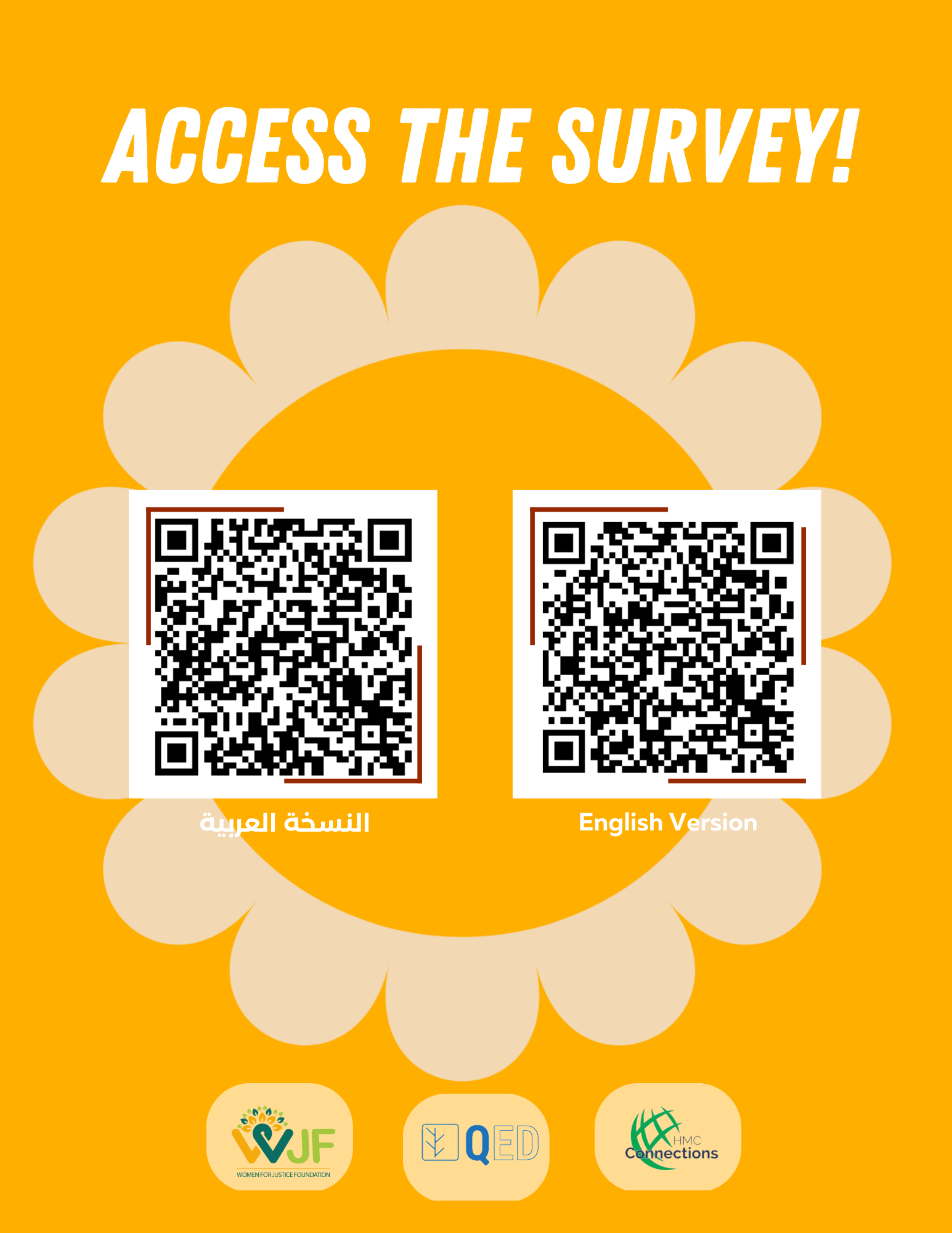



Focus Groups
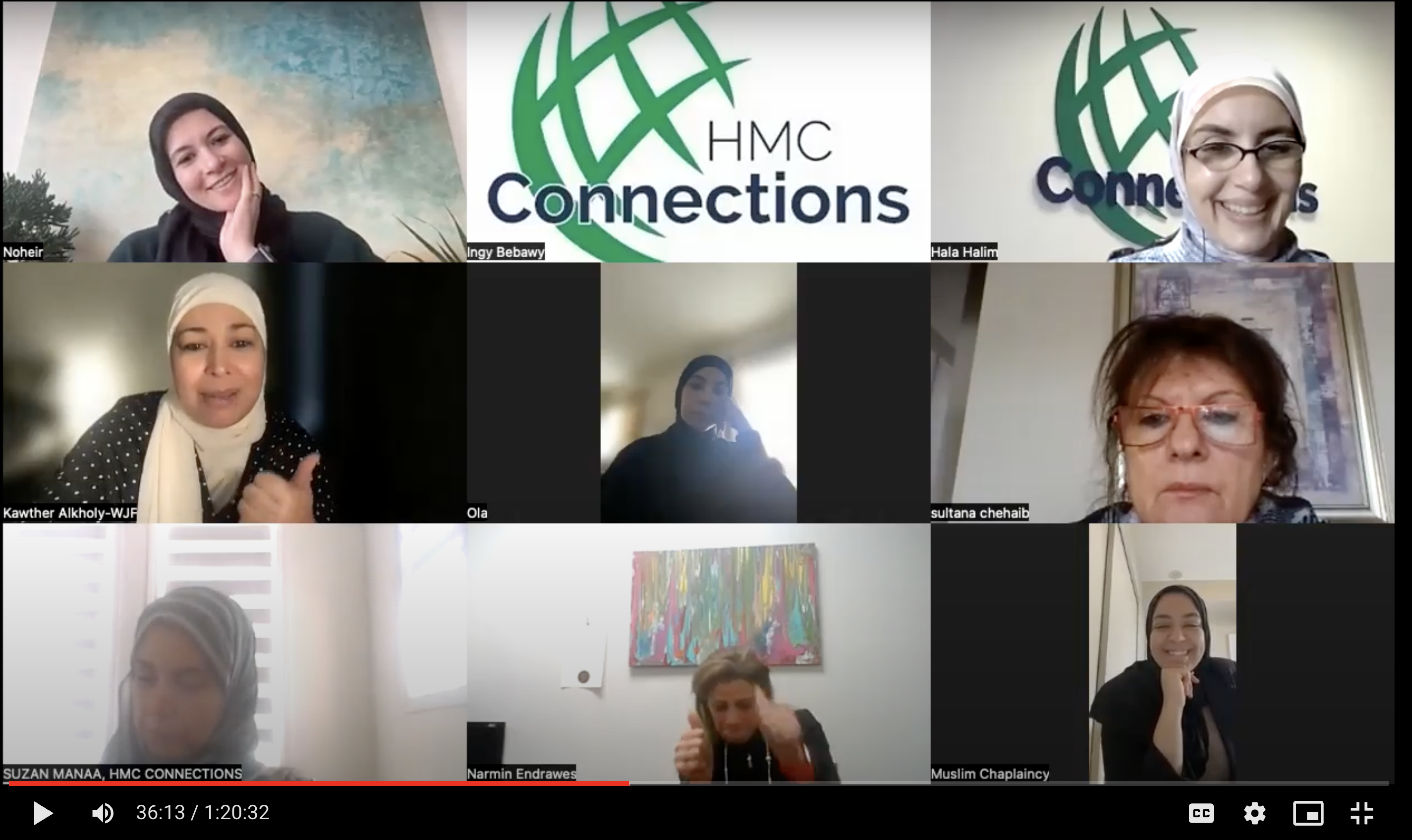
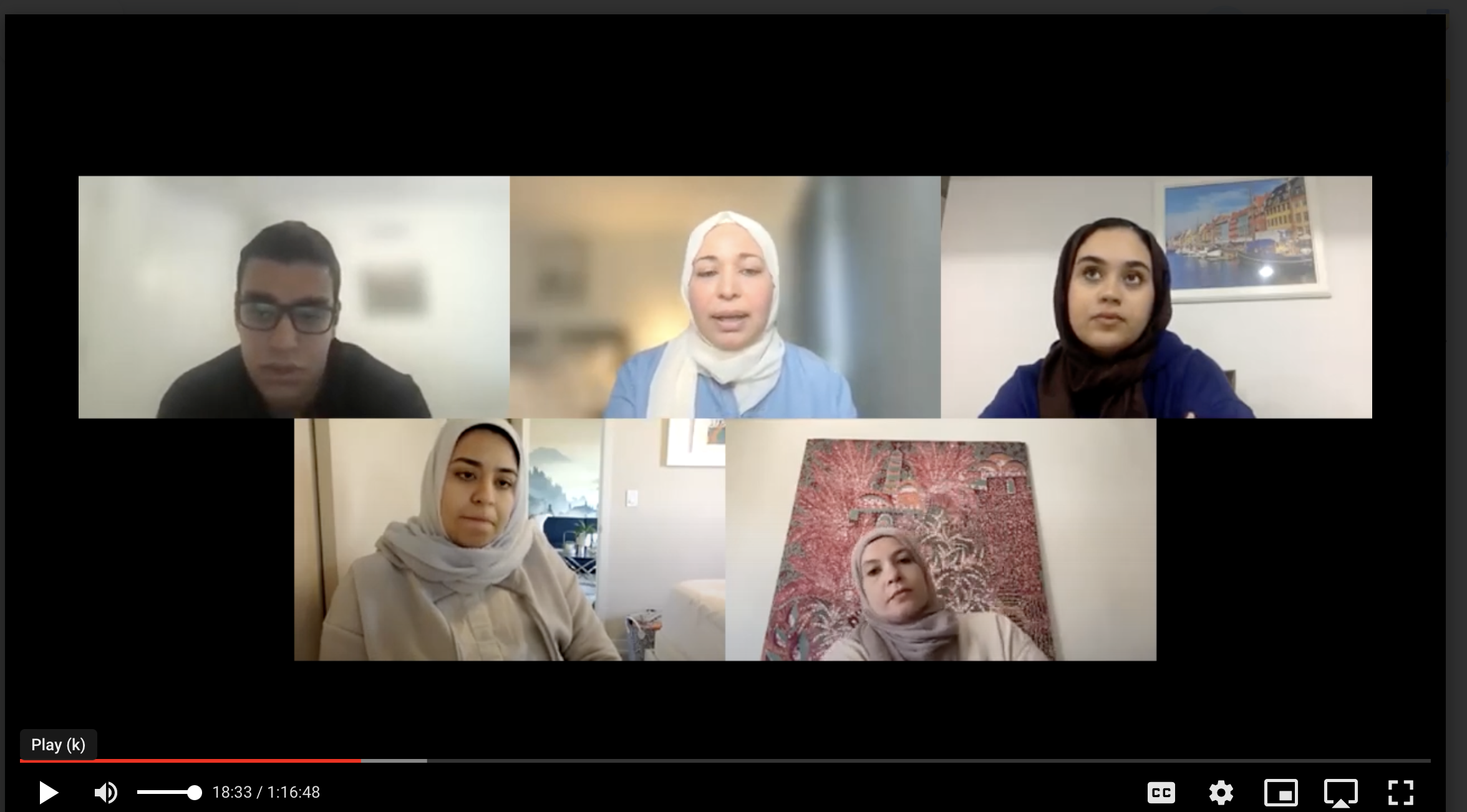
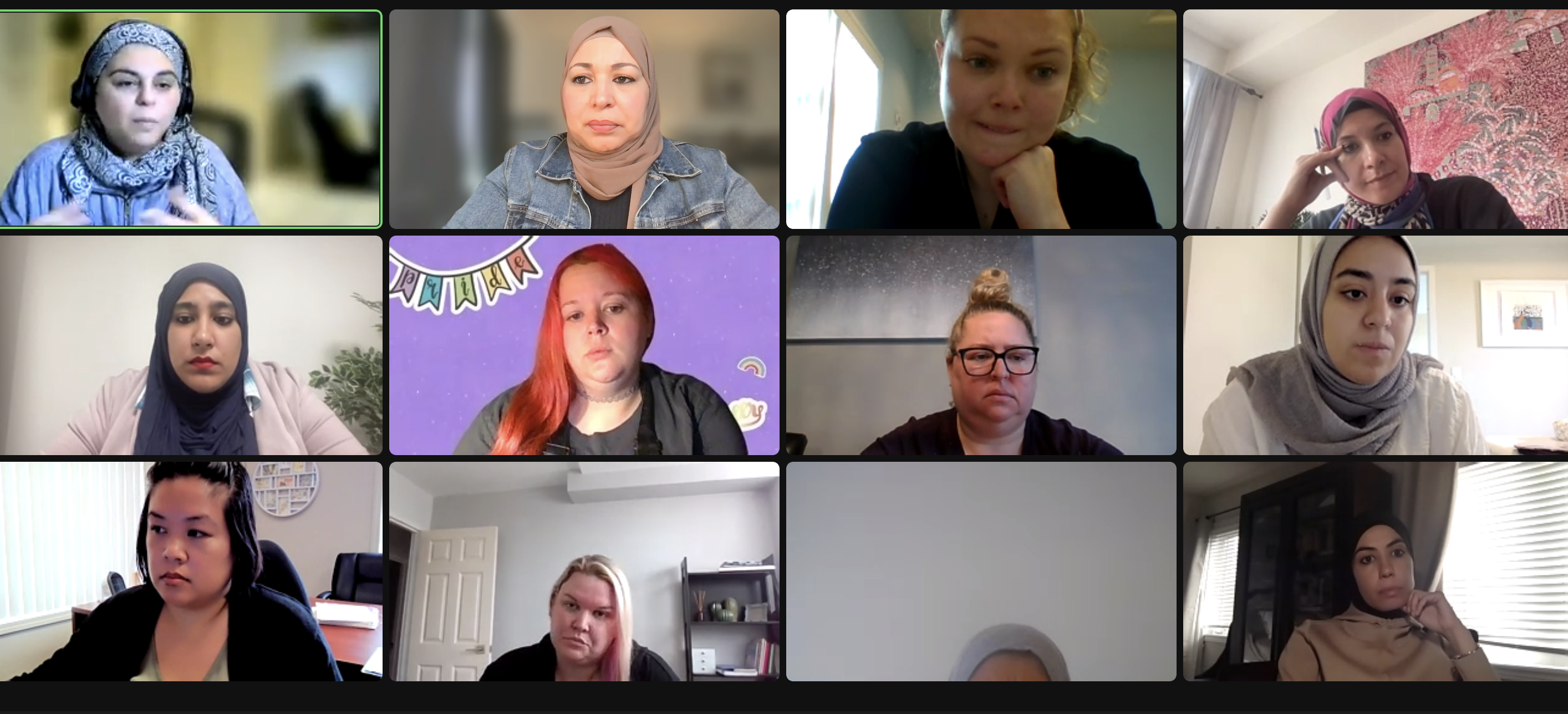
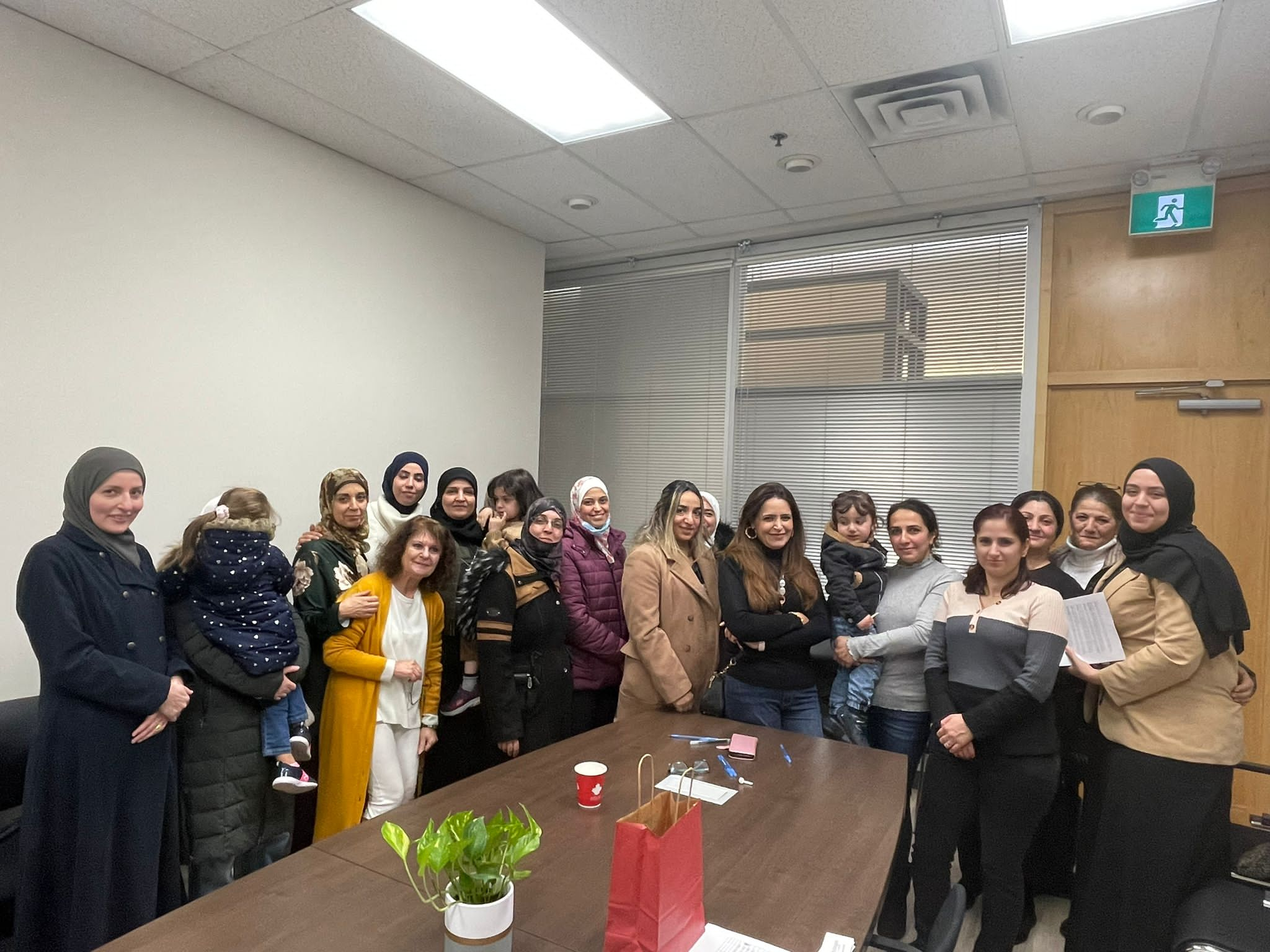
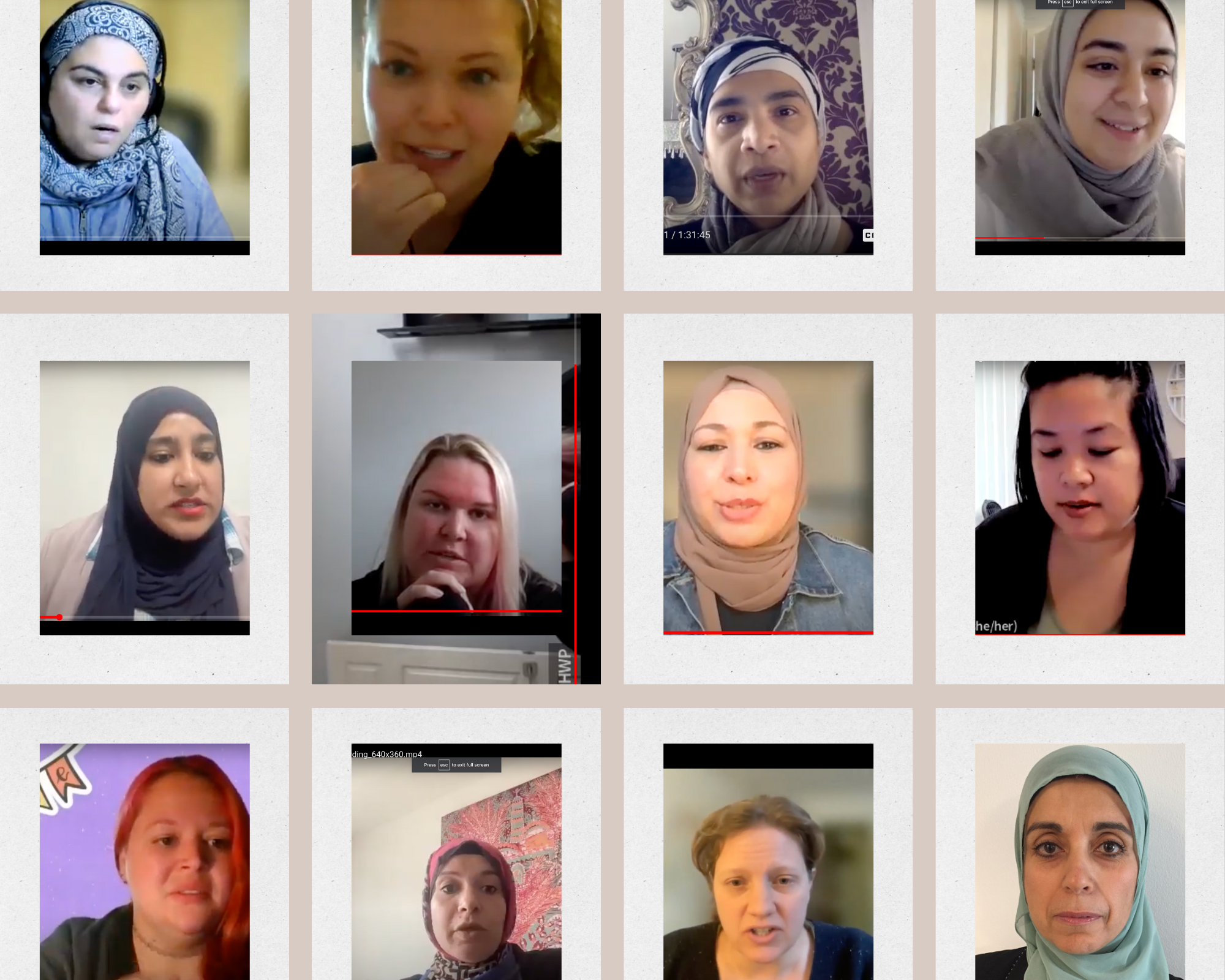
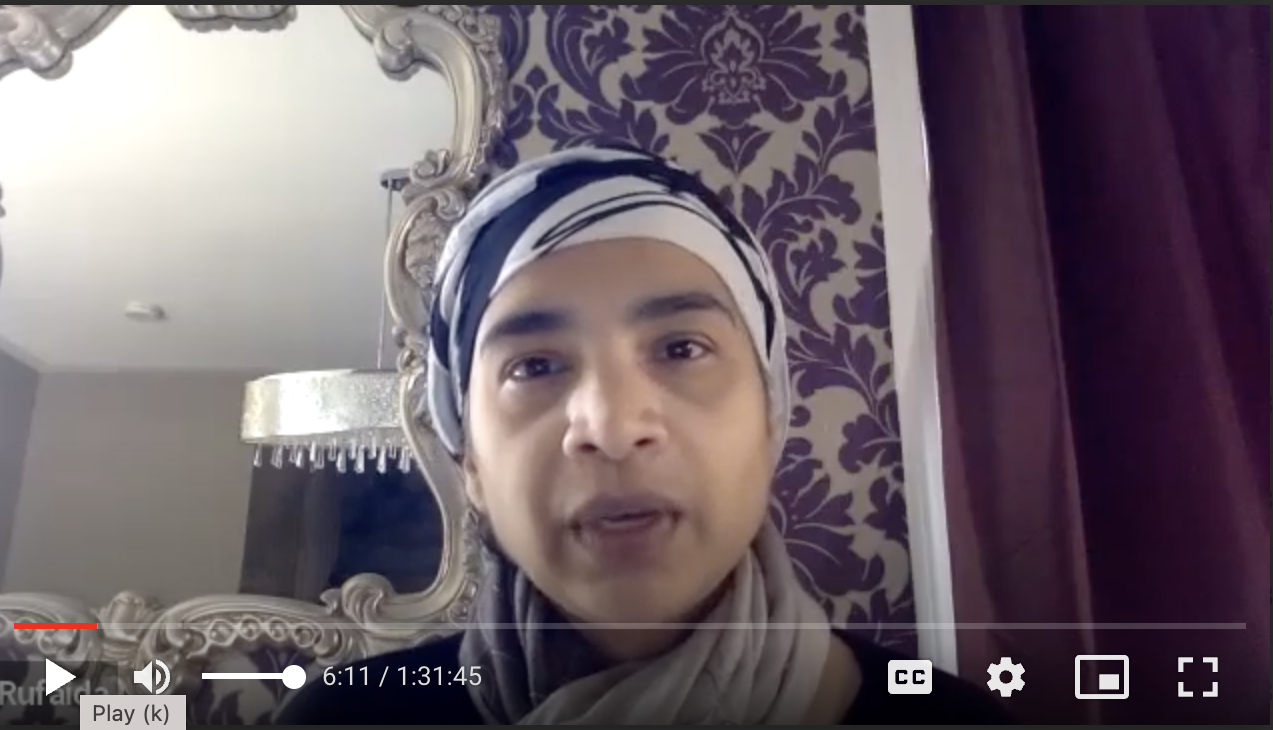
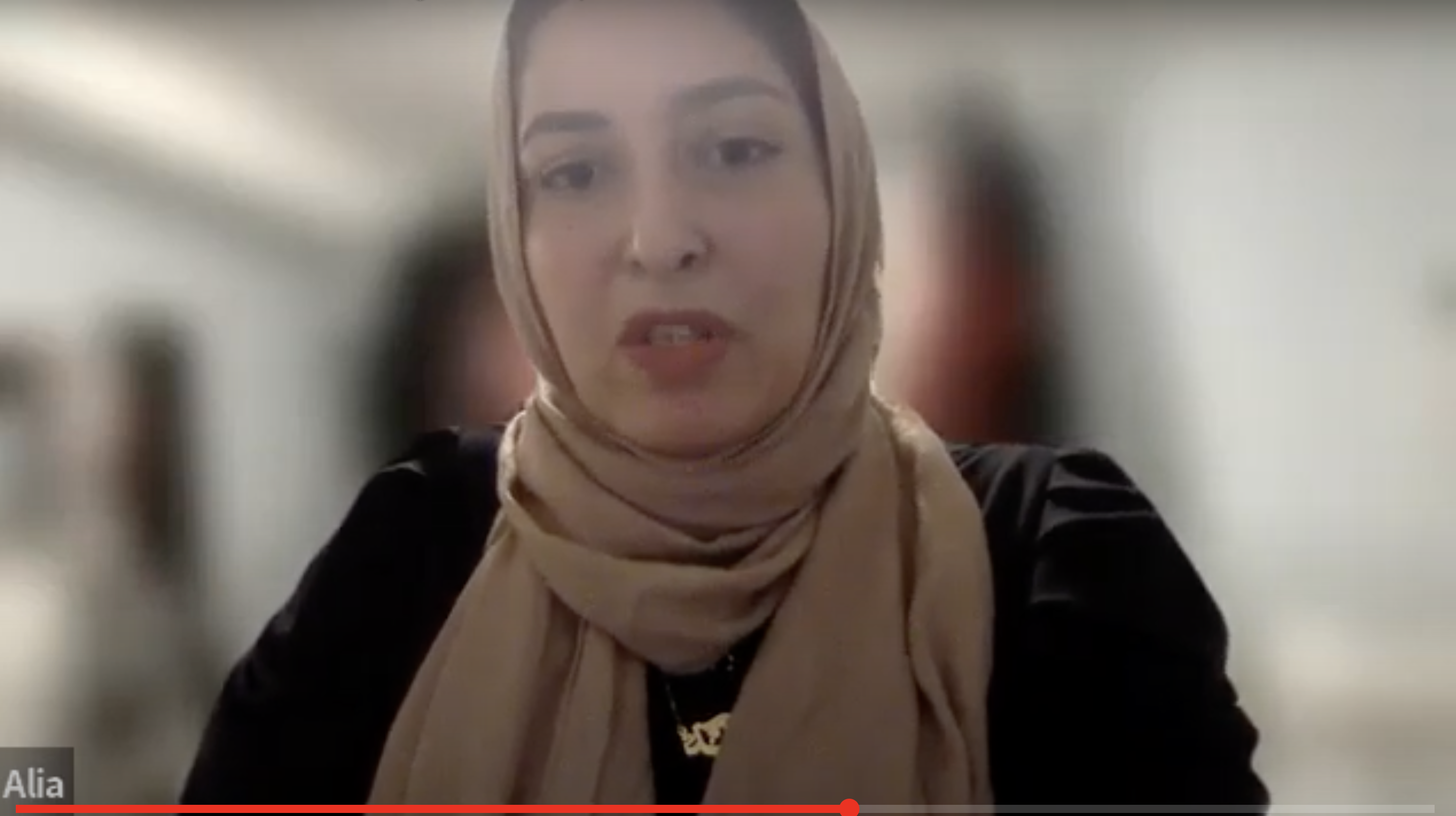
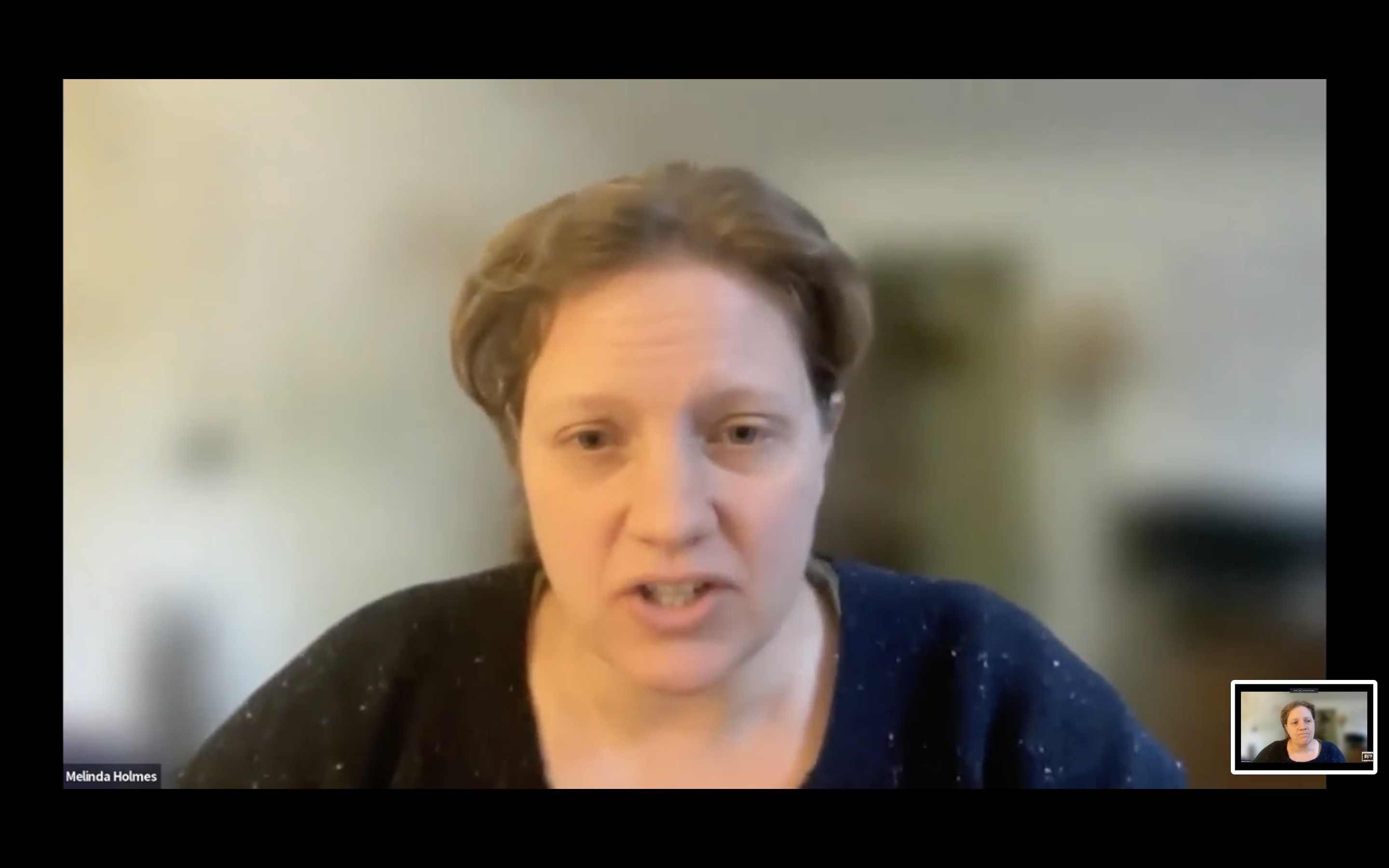
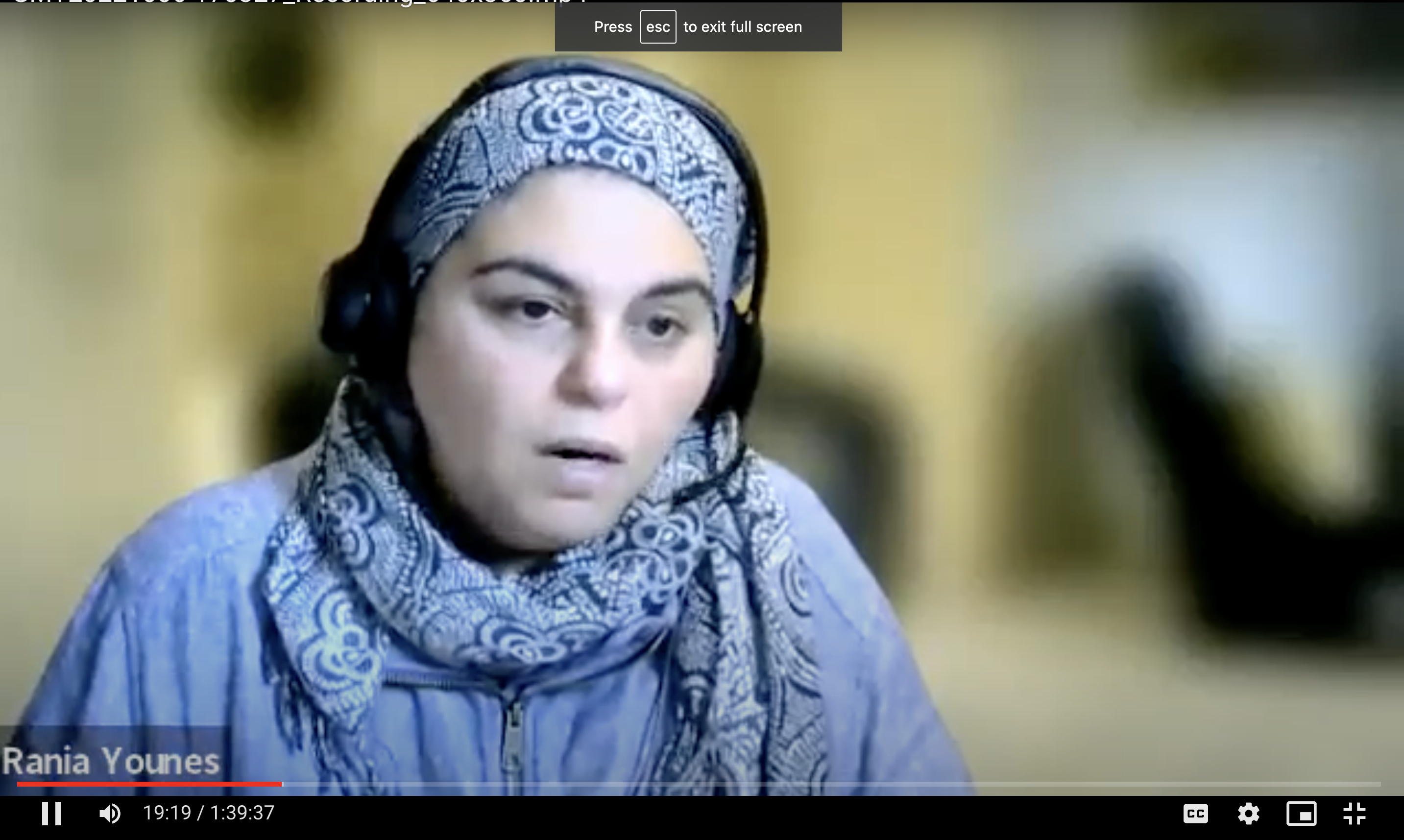
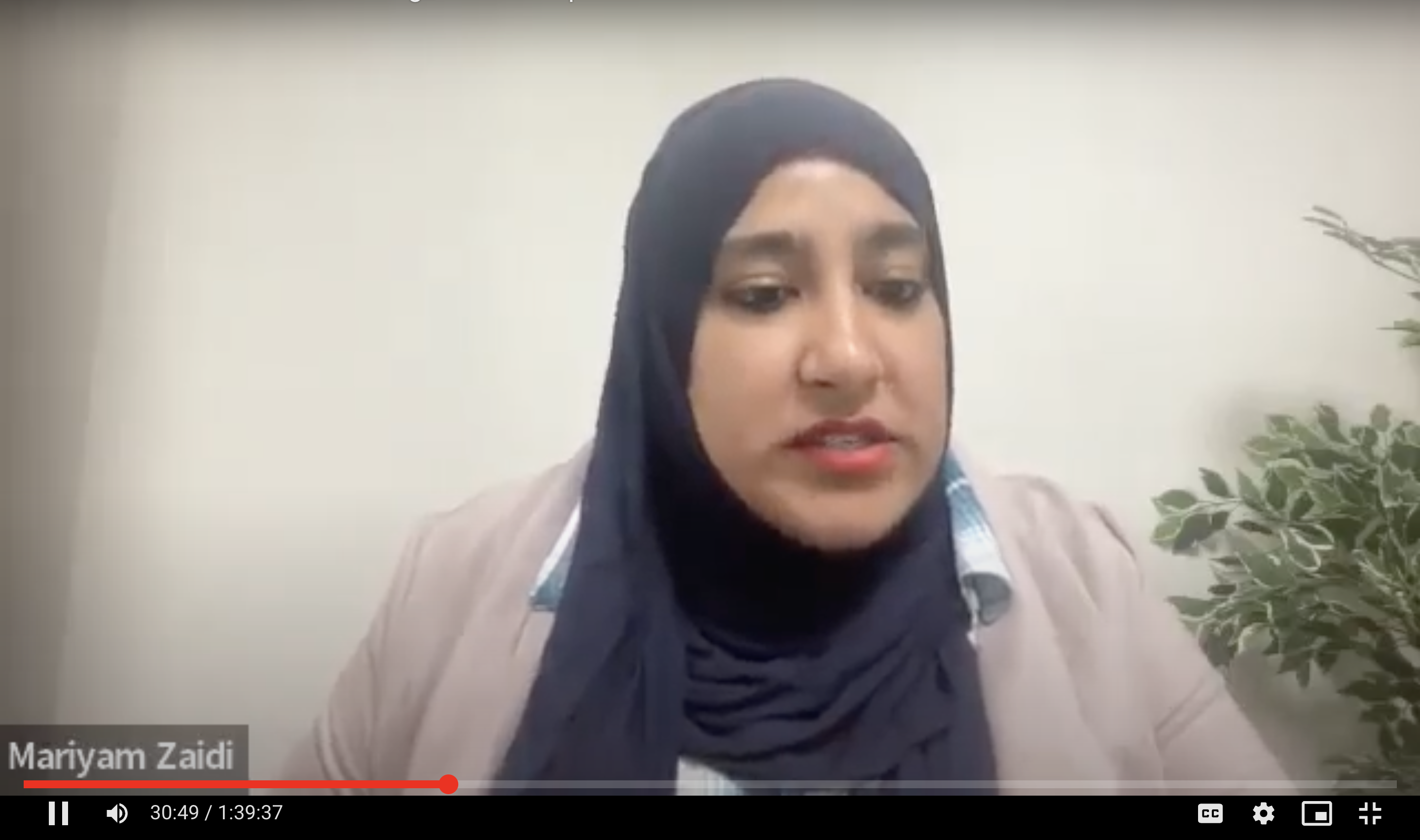
Findings
This research consisted of three main parts; conducting 100 surveys, 20 interviews and 4 focus group discussions. 118 women participated in the survey titled ‘The Impact of the Pandemic on Gender-based Violence against Arab-Speaking Women in the Halton Region’. The survey included questions regarding women’s experiences in Canada from assessing violence in the private and the public sphere, incidents of discrimination and othering, access to services, and the impact of the pandemic.
Demographics
All participants were Arab-speaking women, mainly from Arab countries like Syria, Palestine, Lebanon, Egypt, Jordan, and Iraq, with a few from Kurdish and Armenian backgrounds. The majority were Sunni Muslims, some were Shia Muslims, and others were Christians. Over 80% were Canadian citizens or permanent residents, while some were asylum seekers. They all lived in Ontario, with most in the Halton region or the greater Toronto area. Half of the participants were aged between 36-50, 15% were above 50, and 18% were below 36. The majority were married, with around 10% divorced. More than half had university degrees, 20% were high school graduates, and 35% received foreign education.
Twenty semi-structured interviews were conducted, with nineteen participants from the survey group and one expert interview. The interviews were conducted between November 24th, 2022, and February 6th, 2023. They involved two in-person interviews, two over Zoom, and sixteen over phone calls.
Domestic Violence
Participants in surveys and interviews reported being abused by various family members, including mothers-in-law, fathers, mothers, children, and in-laws. Some faced violence from their intimate partners after moving to Canada due to rising living costs and employment challenges. Emotional, verbal, and physical abuse were reported. Notably, over 35% of survey participants skipped questions related to violence.
One interviewee shared her 13-year-long abusive marriage story, which involved physical violence from in-laws, emotional abuse from her spouse, and control over her life. Her spouse denied her the right to work, and her life became more traumatic, leading to serious health issues, including chronic myeloid leukemia.
Another interviewee faced severe violence from her father and brother, including physical and verbal abuse. She and her sister were eventually rescued and placed in a women's shelter for two years before moving to a rental apartment.
GBV In the Public Sphere
Survey participants identified themselves as minorities, with a majority facing discrimination and violence in various settings like academia, hospitals, employment, public transport, sports, and politics. Around 20% of discrimination cases involved actual violence, including verbal, physical, and emotional abuse. Being a visible religious minority played a crucial role in these incidents, leading to threats, ridicule, and physical attacks in some cases.
One survey participant recounted a physical attack where someone cursed her faith and hijab, then proceeded to physically assault her, but others intervened to stop the abuse. Another participant faced verbal abuse while shopping with her children, enduring insults about her faith and hijab. Many reported incidents where they were told they didn't belong or should go back to their country. Islamophobia and stereotyping were commonly experienced. Around 30% of participants believed that concealing their Arab-speaking or visibly-Muslim identity would lead to better treatment and opportunities.
Language was identified as a barrier to facing abuse and GBV. Those who could speak English were better able to understand and respond to verbal abuse, seek assistance, and defend themselves. Discrimination was also reported while accessing governmental services, employment, hospitals, educational spaces, and public transport.
Pandemic
The pandemic had an impact on Arab-speaking women’s access to services as well as increased cases of violence. Participants pointed out that the pandemic caused many to stay in the households for longer duration, and increased violence domestically. Gender-based violence in the public sphere also increased and 12% of the survey participants stated that they faced some form of violence in public spaces during the pandemic. Access to services was highly impacted, and many emphasized the struggle of unemployment during the pandemic as well as access to housing and educational services. Settlement agencies played a critical role of creating virtual spaces for community gathering and hosted various educational sessions, skills-training workshops and social wellbeing and women wellness events.
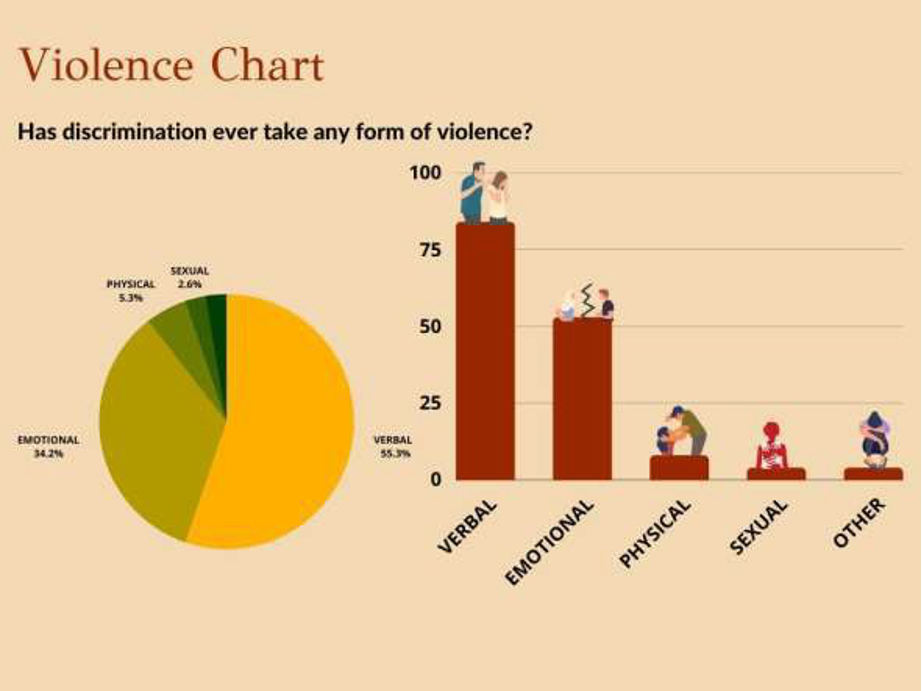
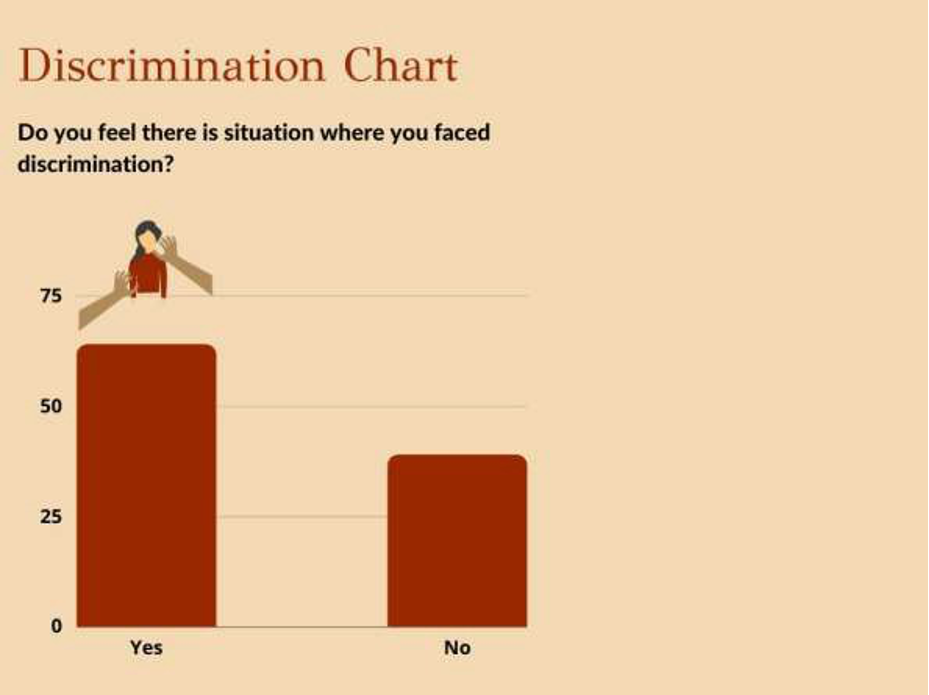
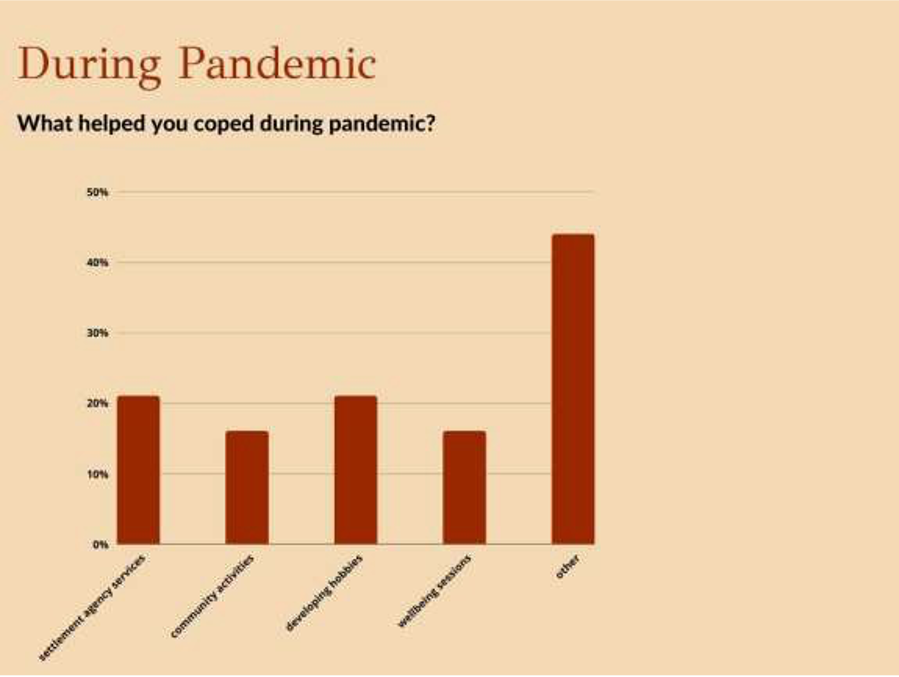
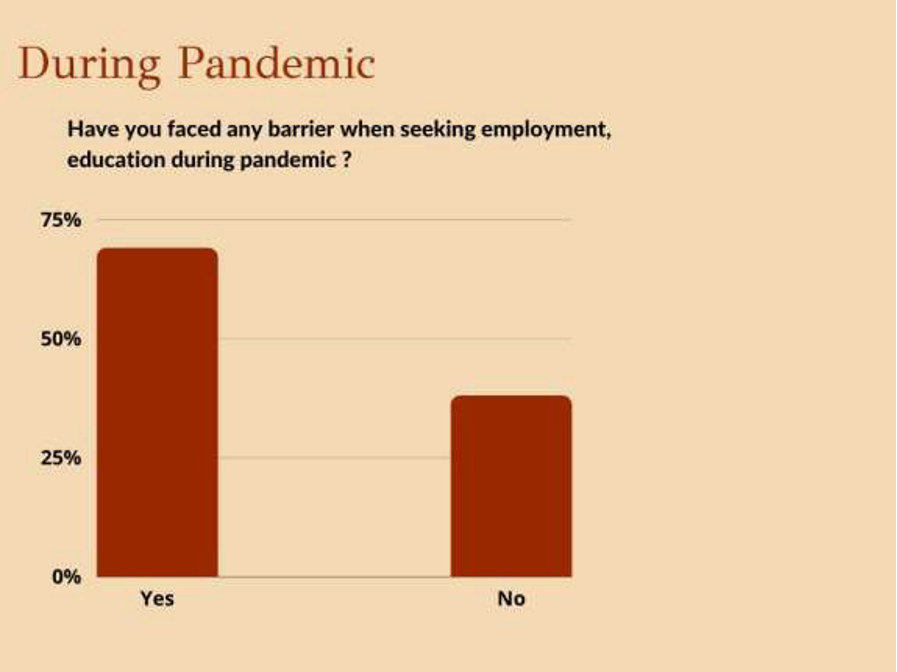
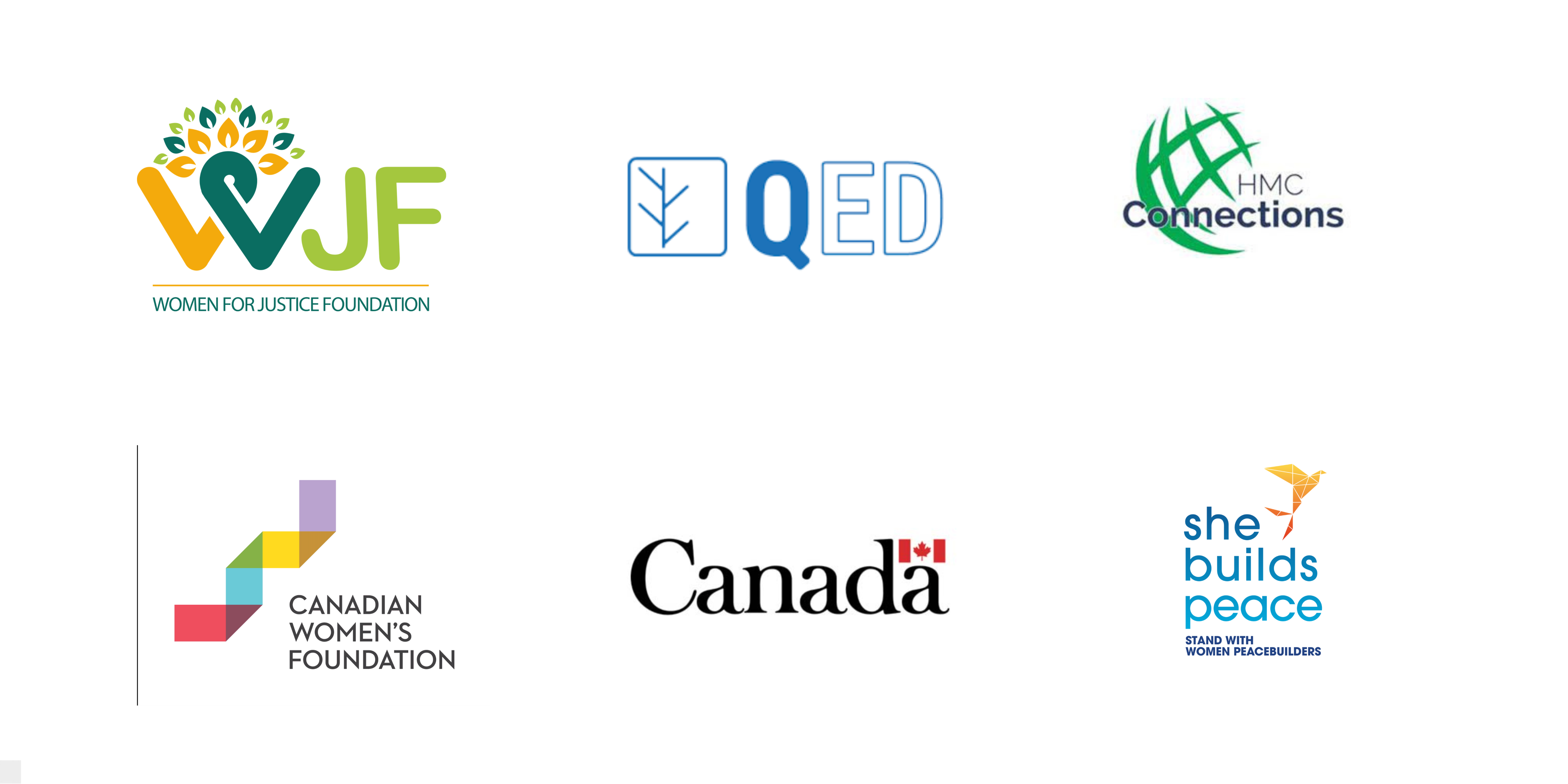
The logo's story
Once upon a time, a group of passionate activists came together to create a logo that would represent their vision for a brighter future, free from violence against women and girls. They wanted to design a logo that would not only be visually striking, but also carry a powerful message.
After much brainstorming and discussion, they decided to create a participatory art logo that could be read from right to left or left to right, with the same pronunciation but different meanings. They chose to incorporate the word "Noon" into the design, which in English means midday, but in Arabic is a connected pronoun used to denote the plural of females.
To represent their goal of a brighter future, they chose the color orange as a unifying theme running through all of their global initiatives. The color orange represents hope, optimism, and a brighter tomorrow, free from violence against women and girls.
And so, the logo was born. A beautiful, participatory art piece that can be read in two languages, representing the fight against violence towards women and girls. Every time someone sees the logo, they are reminded of the need to take action towards a brighter future, free from violence and oppression.
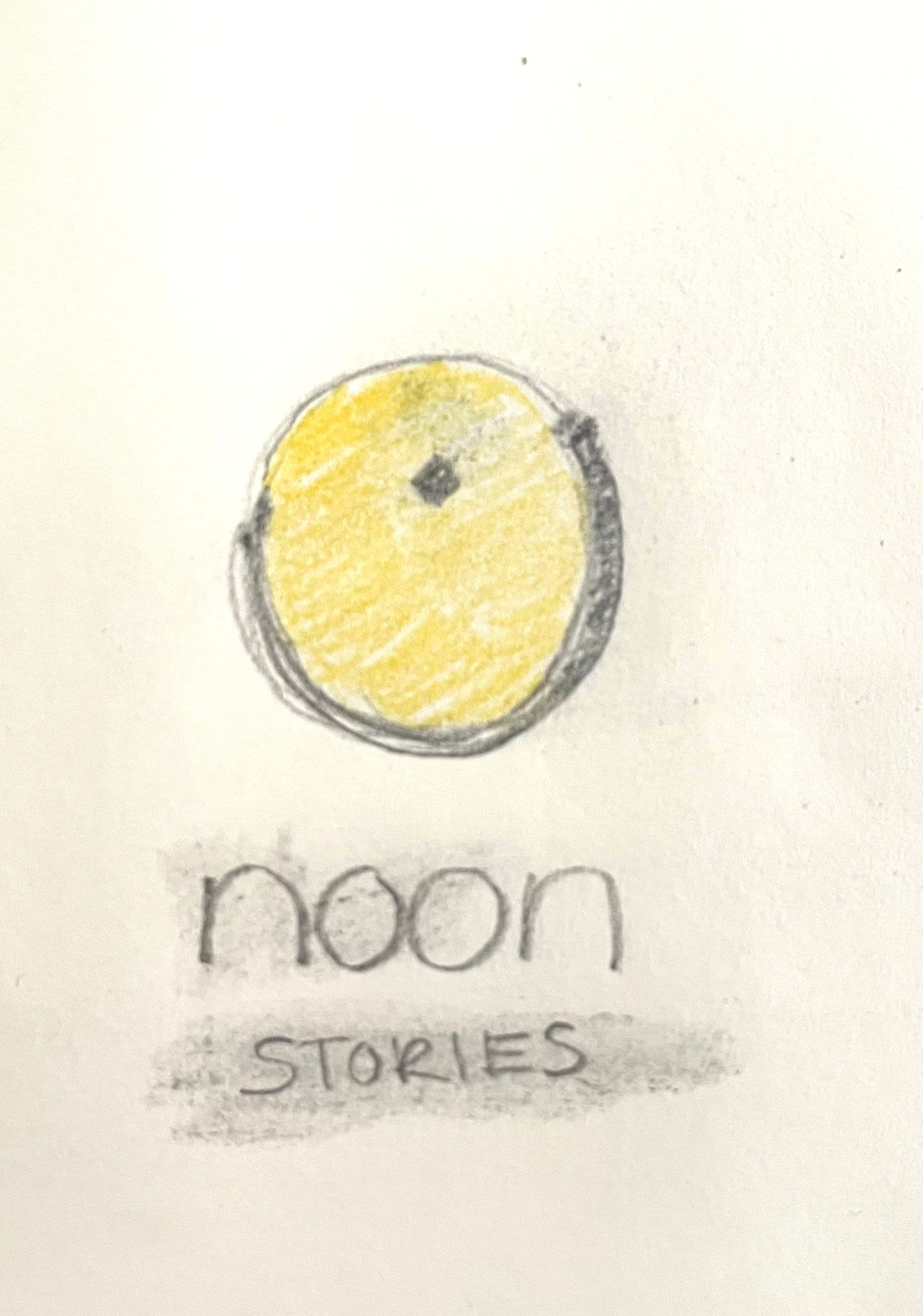
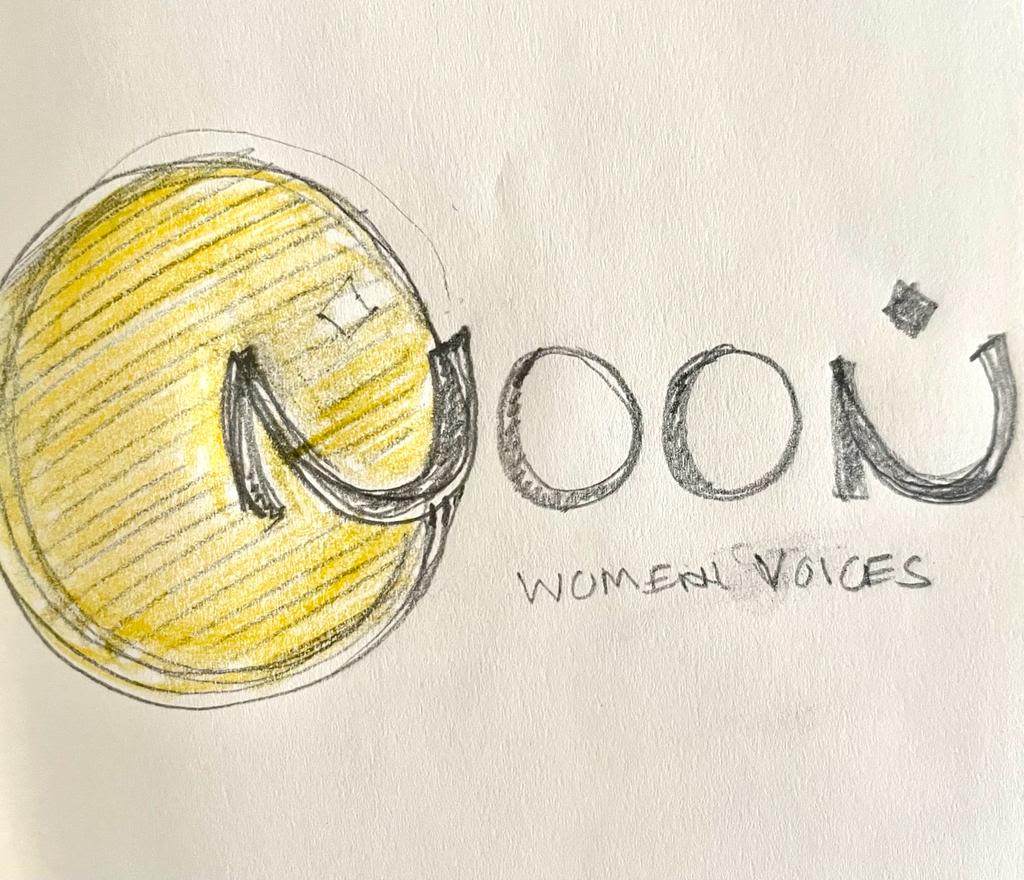
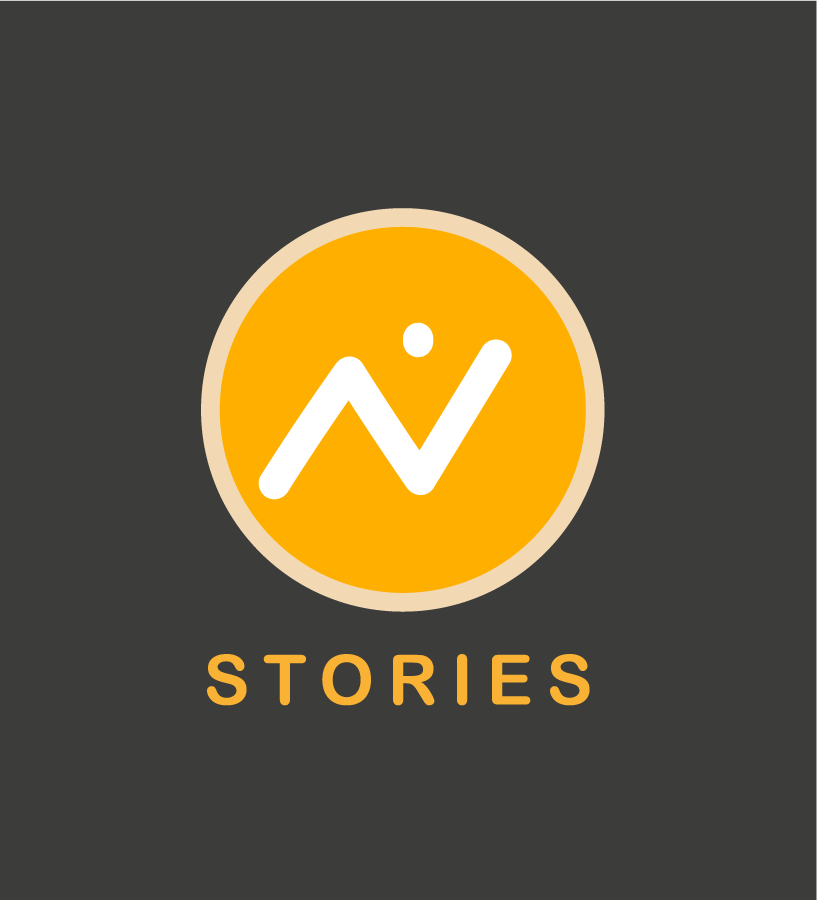
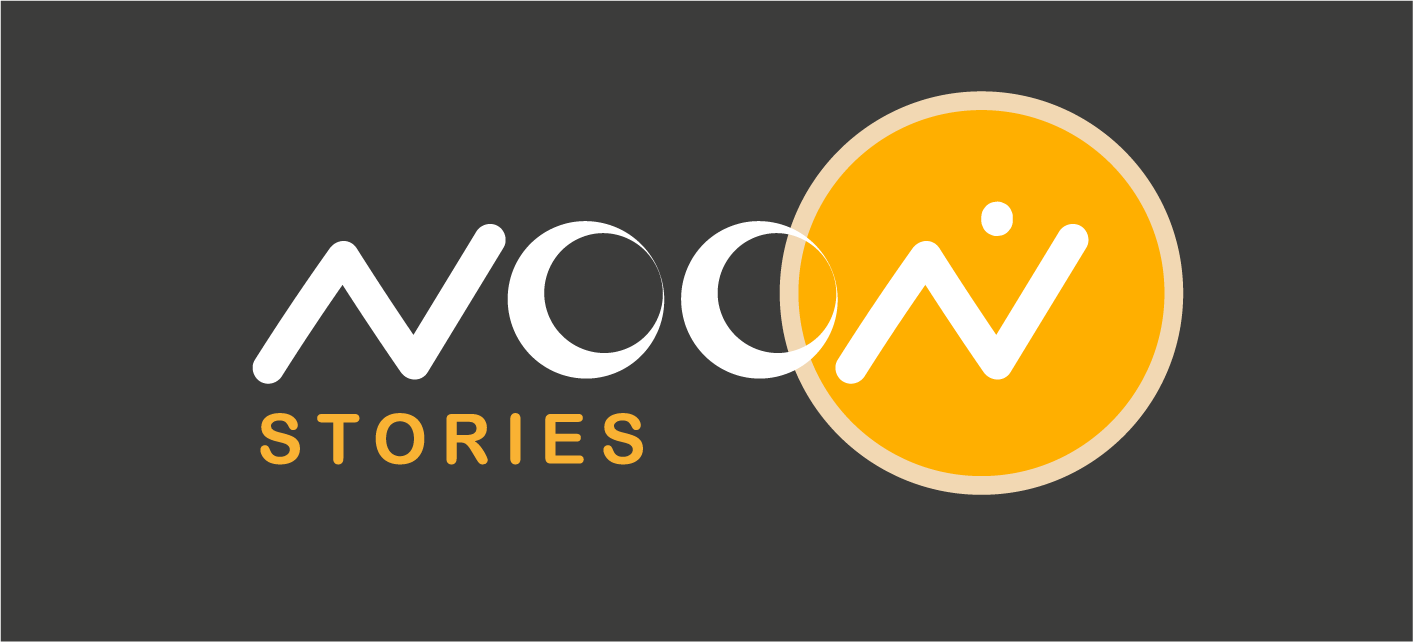
Contact us
©Women for Justice Foundation (WJF)
Website: www.women4justice.org
Email:info@women4justice.org
Al-Qazzaz Foundation for Education and Development (QED)
Website: https://q-ed.org/
Email: info@q-ed.org
ACKNOWLEDGEMENTS
We recognize and respect the historic lands of the Mississauga’s of the Credit First Nation under treaty, and the ancestral territories of the Haudenosaunee, Huron-Wendat, and Anishinabek nations where we assemble today. Today, this gathering place continues to be home to numerous Indigenous people from all over Turtle Island. We express our deep gratitude for the privilege to work and learn on this cherished land.

